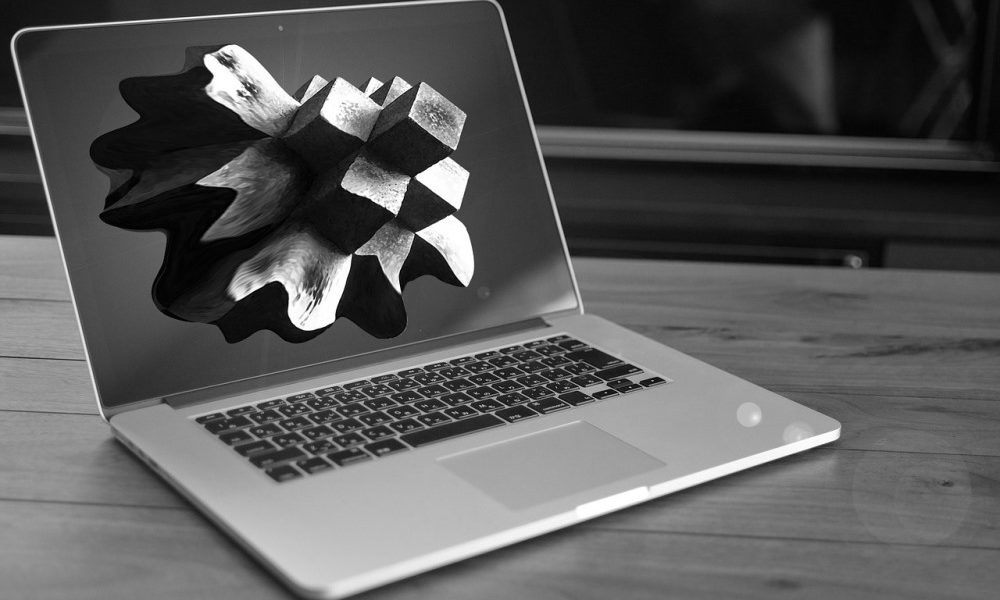A Canvas of Code
The relationship between art and technology is a dynamic, ever-evolving dance. It’s not a new phenomenon; artists have always embraced the tools available to them, from the pigments ground by hand in the Renaissance to the revolutionary invention of photography in the 19th century. Each technological advancement has presented artists with new possibilities, new ways to express their vision and engage with the world. Think about the impact of the printing press on disseminating artistic ideas, or the way the camera obscura influenced the development of painting techniques. These weren’t just tools; they were catalysts for artistic movements.
The Digital Revolution and Artistic Expression art and technology
The late 20th and early 21st centuries witnessed an explosion of digital technologies that fundamentally altered the landscape of art. Computers, software, and the internet became not just tools, but mediums in their own right. Artists began to explore the potential of code, algorithms, and digital manipulation to create entirely new forms of art. We saw the rise of digital painting, interactive installations, net art, and generative art, all pushing the boundaries of what was considered “art” and challenging traditional notions of artistic creation.
Beyond the Brushstroke: New Mediums, New Possibilities art and technology
Digital art encompasses a vast range of practices, from creating digital images and animations to designing virtual reality experiences and building interactive installations. Artists are using sophisticated software to sculpt virtual forms, compose music with algorithms, and even create AI-generated art. This exploration of new mediums has opened up entirely new avenues for artistic expression, allowing artists to create immersive, interactive, and often mind-bending experiences for their audiences.
The Democratization of Art Creation
One of the most significant impacts of technology on art has been the democratization of the creative process. Digital tools have become increasingly accessible and affordable, empowering individuals who might not have had access to traditional art training or resources to create and share their work. Software like Photoshop, Blender, and even free mobile apps have put the power of digital art creation into the hands of anyone with a computer or smartphone.
Sharing and Connecting: The Internet as a Gallery
The internet has also revolutionized the way art is shared and consumed. Online platforms like Instagram, Behance, and ArtStation have become virtual galleries, showcasing the work of artists from all over the world. Artists can connect directly with audiences, bypassing the traditional gatekeepers of the art world. This has fostered a vibrant online art community, where artists can share their work, receive feedback, and collaborate on projects.
The Blurring Lines: Where Does Art End and Technology Begin?
As technology continues to evolve, the lines between art and technology are becoming increasingly blurred. We see artists using artificial intelligence to generate images and music, creating art that evolves and changes over time. We see robots painting canvases and 3D printers creating sculptures. These developments raise profound questions about the nature of creativity, authorship, and the role of the artist in a technologically driven world.
Preserving the Past, Shaping the Future
Technology is also playing a crucial role in preserving and restoring historical artworks. Digital imaging techniques allow us to capture high-resolution images of fragile artworks, enabling scholars to study them in detail without risking damage to the originals. Restorers are using advanced tools to repair damaged paintings and sculptures, bringing them back to their former glory. Technology is not just about creating new art; it’s also about safeguarding our artistic heritage.
The Artist as Innovator
Artists have always been at the forefront of technological innovation, pushing the boundaries of what’s possible and exploring the creative potential of new tools. They are often the first to experiment with emerging technologies, finding new and unexpected ways to use them. This spirit of innovation is essential for the continued evolution of both art and technology.
The Human Touch in a Digital World
Despite the increasing prevalence of technology in art, the human element remains essential. Technology is a tool, a means of expression, but it is the artist’s vision, creativity, and skill that bring the artwork to life. The human touch, the unique perspective, and the emotional connection are what make art meaningful and enduring.
The Ethical Considerations of Art and Technology
As we delve deeper into the intersection of art and technology, we must also consider the ethical implications. Questions about copyright, ownership, and the impact of AI on artistic creation are becoming increasingly important. We need to have open and honest discussions about these issues to ensure that technology is used responsibly and ethically in the art world.
Art and Technology: A Symbiotic Relationship
Art and technology are not mutually exclusive; they are intertwined and interdependent. Technology provides artists with new tools and mediums, while art inspires technological innovation. This symbiotic relationship has driven creativity and progress throughout history, and it will continue to shape the future of both art and technology.
The Future of Creative Expression
The future of art and technology is full of possibilities. As new technologies emerge, artists will continue to explore their potential, pushing the boundaries of creative expression. We can expect to see even more immersive, interactive, and personalized art experiences in the years to come.
The Enduring Power of Art
While technology may change the way art is created and consumed, the fundamental purpose of art remains the same: to communicate, to inspire, to provoke thought, and to connect us to our shared humanity. Whether it’s a painting created with pigments or a digital installation built with code, art has the power to move us, to challenge our perspectives, and to enrich our lives. The ongoing dialogue between art and technology will undoubtedly continue to shape the way we create and experience art for generations to come.

